Demonstrating the Progress of Kiteboarding
Published on October 4th, 2016
When the fleet lines up this Friday for a 58 nm coastal race from San Diego to Ensenada, Mexico, there will be one unofficial entry shadowing the 53rd edition of this international contest. Amid the fleet of mostly PHRF racers will be a foiling kiteboard.
After competing for years in the local keelboat events, Nico Landauer, now 34 years, has traded his duffle bag for life as a professional kiteboarder.
“I came to California from Uruguay originally to do pro surfing, so I have a good knowledge of surfing and sailing. Kiteboarding combines the two sports that I love so I gave it a try. I put my focus in it and I did it as professionally as I could without losing my job. And within a few years, I am now one of the top ranked racers in the world.”
After noticing an ORMA 60 trimaran doing the San Diego to Ensenada International Yacht Race, Landauer decided to show the locals what a kiteboarder could do too. “Kiteboarding has progressed so far. The earlier boards were harder because you’re pounding through the waves. But now with hydrofoiling, not only do you have the speed but it is a much smoother ride. Plus the kites that we’re using are a lot more efficient.”
While other foilers tend to seek out flat water to maintain flight, Landauer doesn’t anticipate the ocean course to be a problem. “We control the foil angle with our legs so we have a lot faster reaction time than other foil-equipped boats. By adjusting the angle of the board, we are adjusting the angle of attack for the foil. When other foiling boats are crashing, the kitefoilers are still good. So I don’t expect the sea state to be an issue… the bigger problem will be kelp.”
Landauer, who will have a safety powerboat, estimates he can complete the course in two and a half hours. “This is something fun, a break from windward-leeward courses, but it will certainly be a personal test. My gear has to be ready, I need to be fit, and my kite size selection needs to match the forecast. It’s the kind of challenge that drives you to get better.”
Getting the kite selection right is a significant variable. “I expect the three options will be the 19, 17, or 15 square meter kites. I’ll probably opt to be a little overpowered, just to be safe, although that will consume a lot more energy. It all depends on the forecast.”
Beyond wind strength, Landauer is hoping for a favorable wind direction. “The back leg gets more fatigued in tighter wind angles so I’d prefer broad reaching so I can drive off a little more to ease the strain. Since I am going to be mostly on one tack, there is going to be one leg that won’t get much relief.”
Having the big 60-foot trimaran will provide Landauer a good performance measure. “Going upwind, speed and angle are not that different between us, but this should be an offwind course in which the kite can sail lower and faster. But if it’s reaching and really windy, the ORMA will have an advantage. I’m going to get more tired, and they’re going to go a lot faster. But when it comes to dollars per knots of speed, the kite is hard to beat.”


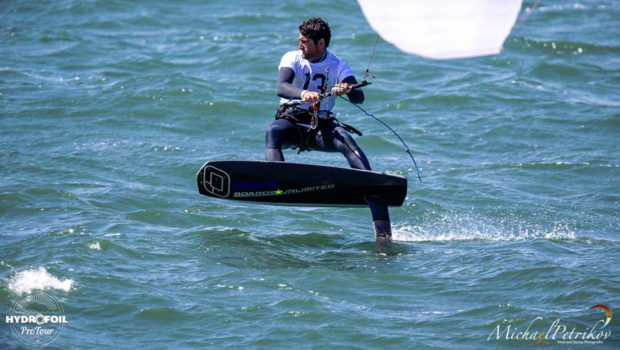
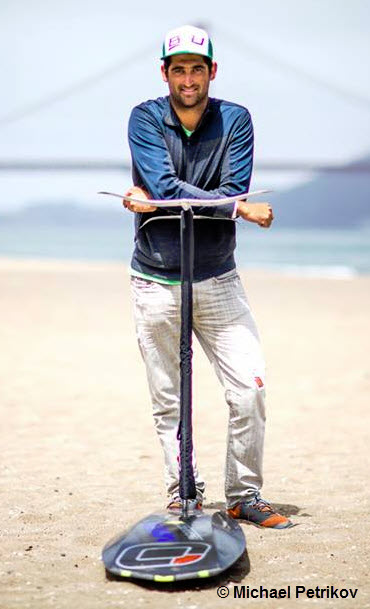


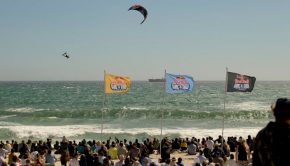
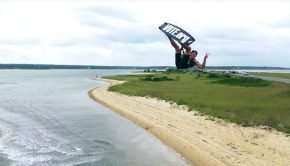
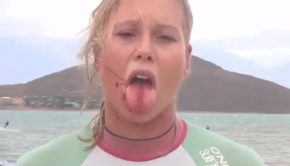
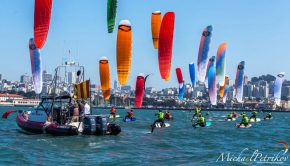
 We’ll keep your information safe.
We’ll keep your information safe.